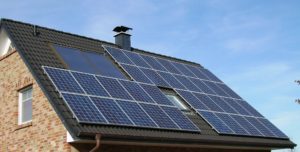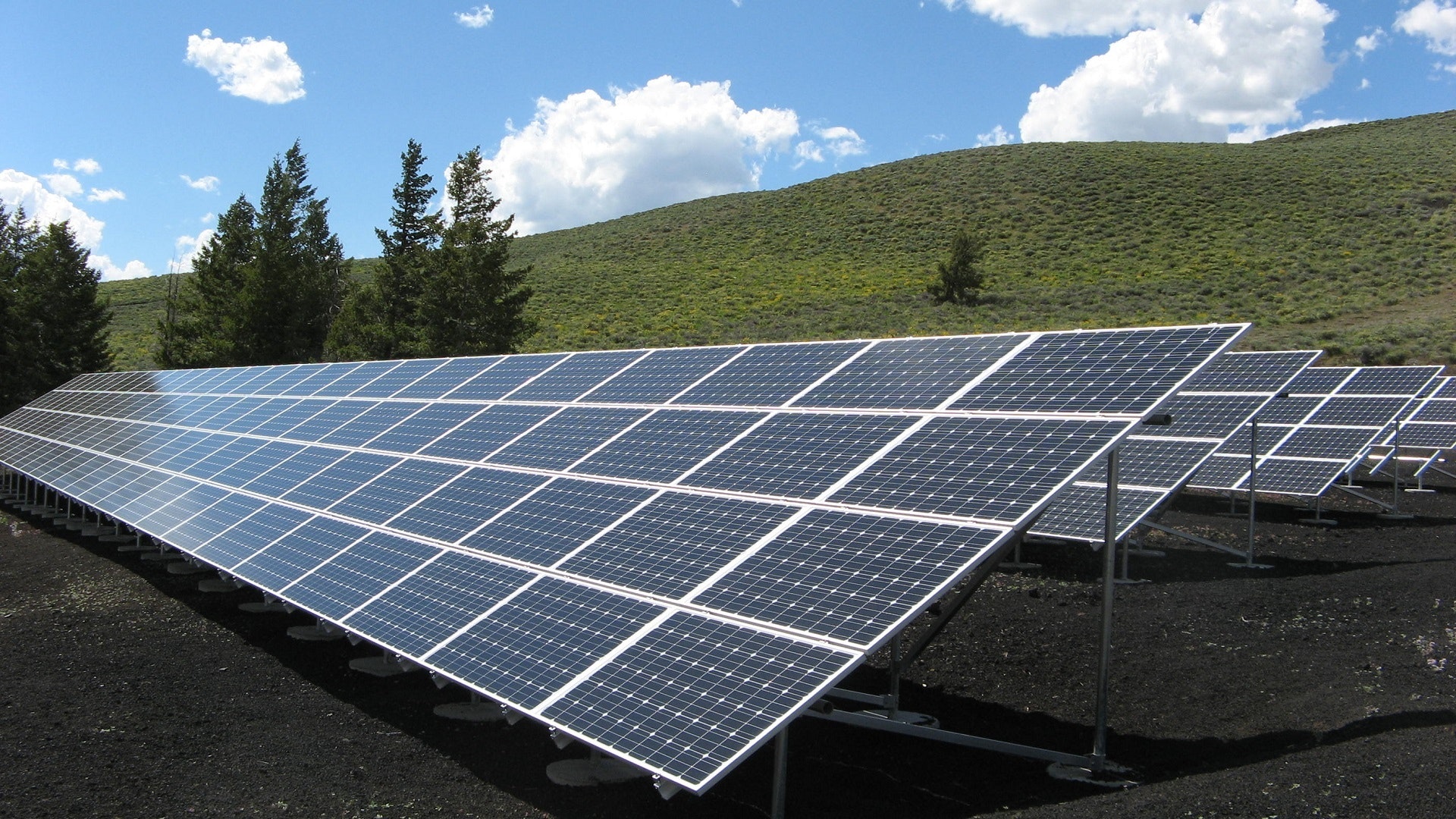Why Renewable Resources?
Everyone wants to contribute to a change. A change of any kind is what we need; either to a charity or environment or to live a better life. Satisfaction is the need of all the actions that we perform.
We have all come across a term called Green Planet- a name used to define the need for sustaining the environment and protect it from all types of degradation. Renewable resources are what we have studied from our childhood to give an idea to save our environment.
“Act before we fail, or we fail to live”
Renewable resources of energy are those energy sources which can renew itself and does not pose a threat to get exhausted, also called non-exhaustible or non-conventional resources of energy. We have been fulfilling our needs of power and energy consumptions, mainly with the use of conventional resources of energy, such as coal, natural gas, Petroleum, etc. To be precise we have been living quite comfortably with the use of coal and natural gas that the idea of them getting exhausted one day is terrifying. And that day is not far away. According to research, it is seen that today, in India, out of all the resources 55.4% of the power systems are provided by coal alone. Hence, the concern of losing it quite quickly.
Among the renewable resources, hydropower generation has been the most contributing source of both Power as well as Energy consumption needs of our country. It has been used for quite a long time now, and sadly the increase in the installed capacities (in MW) seems to flatten as the year pass by; reason being the limitation of places to build large and small hydro projects.
The wind has also been in the picture, to be used fuel to generate electricity. Quite harmless and efficient! It has a massive scope of growth in the coming future, and the prospects need to be expedited well in the coming years. The only problem with these two sources is the use of turbines to generate electricity. Turbines are large equipment which can be both difficult and time taking to install and which need more space.
Solar Energy

Rooftop Solar panel systems
Solar energy has been sticking around in the past as well from the 1950s when the first Photovoltaic cell was discovered. Since then the growth has been quite nominal when compared to hydel projects. But in recent years it has gained momentum. It needs no turbine to generate electricity, and this has been one of the biggest advantages to it.
Some of the advantages of SOLAR Power over other renewable resources can be:
- The abundance of fuel, i.e., the Sun, free of cost. Though the intensity of the Sun has a lot to play than just the mere presence of the Sun
- It requires a high capital cost to set-up, but the employment opportunities are rising as well.
- Limited maintenance and operations costs
- The other plants such as hydel, coal, and petroleum plants have already been developed and exploited to their maximum. But the photovoltaic plants are yet to be explored to their true potential
- Conventional Plants of resources have become decommissioned
- No need for a turbine, i.e., no high maintenance costs
- Legislations and Laws are in favour of solar panel system set up
- Solar energy has the highest potential for growth followed by wind energy
- The Insolation maps of India show a range of Full daylight hours to be in the range of 3.2 to 6.0 hours/day, which averages to about 4- much higher than the other countries.
Sun:
The Sun is the largest source of heat in the solar system as a whole. In our planet, the Sun irradiates energy at the power of 1000 W/sq.m. This the amount of power available to us when the Sun irradiates heat at its peak. Every region in the earth has a different climate and therefore, the amount of full sunlight power (i.e., 1000 W/sq.m.) available varies significantly. In the tropical areas, the full sunlight hours can be at an average of 5 h/day, whereas in Artic regions it can be as low as an average of 1 h/day.
The amount of full sunlight hours determines the total energy that can be produced and delivered to the public in that region. More the full sunlight hours in the region (with installed Power System remaining constant, for example), more is the energy demands which can be met.
In that perspective, India stands at an advantage where people have to deal with scorching heats in the summers in most part of the country, the full sunlight hours averaging around five h/day. Therefore there is an added advantage to our country. We can extract and supply more power at demand.
Stats:
Total Energy consumption in India: 1,196,309 GWh
Current system installed (MW) for Solar Energy: 33.73 MW
% of system installed of solar energy: 9.4%
Scope of System installed (in % of total power systems): > 50%
To increase the capacities to > 50%, we need to install more than 5 times of 33.73 MW. This will require the common man in India to have a vision where no one is devoid of the basic necessity of electricity.
India needs to get in and encourage the installation of more and more solar systems to help become a self-sustainable nation rather than a dependable nation. And, “Make in India” being the motto of the Nation at present, we look to lend our hands towards this development to create a superpower Nation with least darkness and brighter smiles and slowly.




